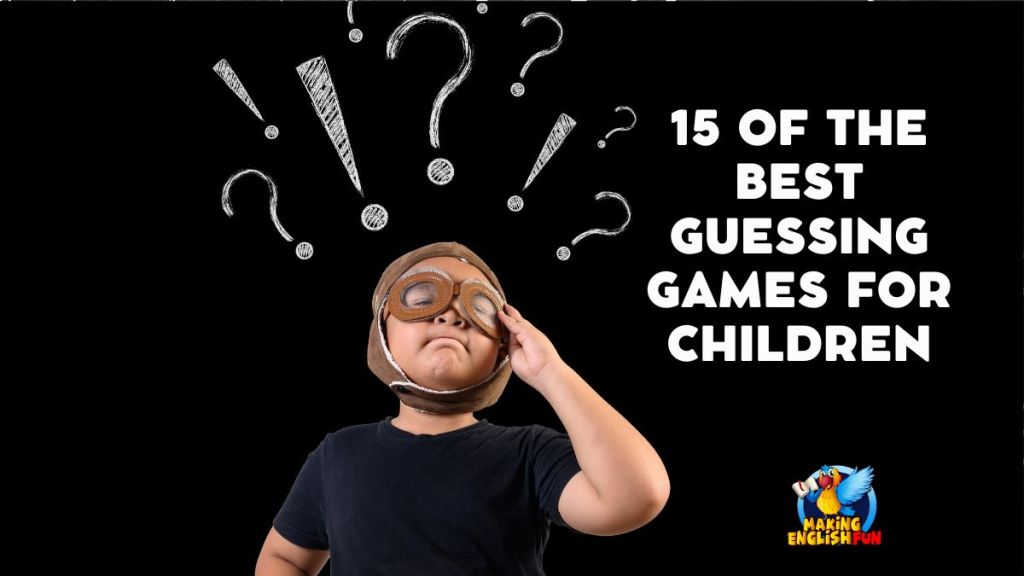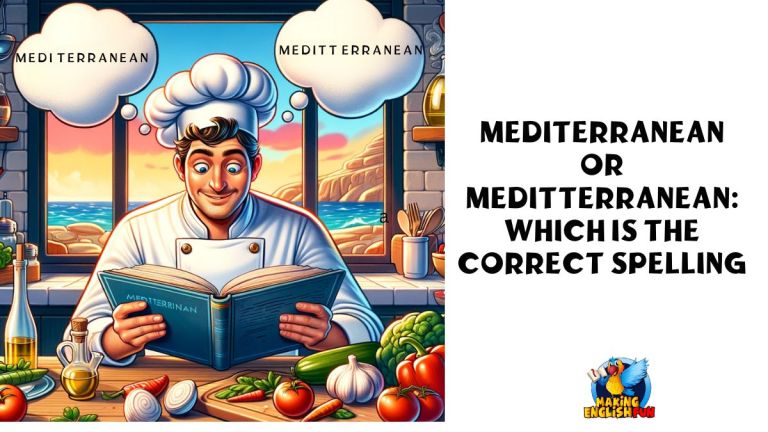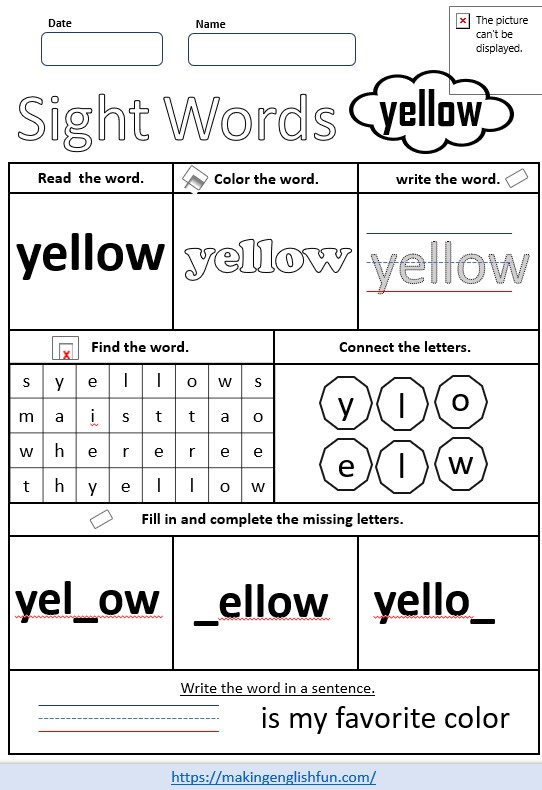15 Guessing Games For Children and Students
Guessing games are not just fun-filled activities; they are powerful tools in a child’s learning and development journey.
From enhancing vocabulary and problem-solving skills to sparking creativity and social interaction, these games offer a load of benefits.
In this article, we’ll explore 15 guessing games, including classics like Charades and Pictionary, along with some innovative and exciting additions.
Each game is tailored to entertain, educate, and inspire children of various age groups.

15 Of The Best Guessing Games For Children
1. Charades
| How to Play | Duration | Equipment Needed | Age Range |
|---|---|---|---|
| Players act out a word or phrase without speaking, while others guess. | 10-20 minutes | Prepared slips of paper with words/phrases | 4 years and up |
Description:
Charades is a classic party game that’s perfect for all ages. It’s a mime game where players act out a word or phrase without speaking, and the other players guess what it is.
- The game can be adapted for younger children by using simple words or familiar concepts like animals or daily activities.
- For older kids, include book titles, movie names, or famous people to make it more challenging.
Charades is not only fun but also helps develop communication skills and creativity.
2. Pictionary
| How to Play | Duration | Equipment Needed | Age Range |
|---|---|---|---|
| Players draw an image representing a word or phrase while others guess what it is. | 15-30 minutes | Whiteboard or paper, markers | 6 years and up |
Description:
Pictionary is a drawing game that encourages creativity and quick thinking. In this game, players draw an image that represents a word or phrase, while other players try to guess what it is within a set time limit.
- For younger players, use simple words or phrases.
- For older children, you can introduce more complex or abstract concepts.
Pictionary not only provides a lot of laughs but also aids in the development of artistic skills and vocabulary. It’s a great way to engage children in a fun and interactive manner.
3. Hangman
| How to Play | Duration | Equipment Needed | Age Range |
|---|---|---|---|
| One player thinks of a word, and others guess letters to reveal the word before the hangman is drawn. | 10-15 minutes | Paper and pen | 6 years and up |
Description:
Hangman is a word-guessing game that combines fun with learning. One player thinks of a word and draws a blank line for each letter of the word.
Other players guess letters. If the guessed letter is in the word, it’s written in the correct spot. If not, part of the hangman’s figure is drawn.
The goal is to guess the word before the hangman is completely drawn.
This game is excellent for developing spelling and vocabulary skills.
- It can be adapted for younger children by choosing simpler words and for older kids by using more complex terms or phrases.
4. 20 Questions
| How to Play | Duration | Equipment Needed | Age Range |
|---|---|---|---|
| One player thinks of an object, and others ask up to 20 yes/no questions to guess what it is. | 15-20 minutes | None | 6 years and up |
Description:
20 Questions is a classic guessing game that sharpens deductive reasoning. One player thinks of an object, and the rest of the group has 20 chances to ask yes/no questions to figure out what it is.
The object can be anything, making this game as easy or as challenging as the players choose. It’s a great way for children to learn how to categorize objects and think logically.
- For younger players, consider using categories like animals, foods, or common household items to narrow down the options.
3. Who Am I?
| How to Play | Duration | Equipment Needed | Age Range |
|---|---|---|---|
| Players guess the identity of a famous person or character based on clues given by one player. | 10-20 minutes | None, or optional prepared index cards | 7 years and up |
Description:
‘Who Am I?’ is a guessing game where one player picks the name of a famous person or character, and others ask yes/no questions to guess the identity. It’s a fantastic way for children to learn about historical figures, celebrities, or fictional characters.
The game encourages critical thinking and helps with the development of questioning skills.
- To adapt for younger children, use characters from popular children’s books, TV shows, or movies.
6. I Spy
| How to Play | Duration | Equipment Needed | Age Range |
|---|---|---|---|
| A player describes something they see, and other players guess what it is based on the description. | 5-10 minutes | None | 4 years and up |
Description:
‘I Spy’ is a classic observation game that’s perfect for young children. One player picks an object within sight and says, “I spy with my little eye, something that is [color/description].”
The other players then guess what the object is.
This game enhances observation skills and vocabulary as children describe and identify different objects. It’s simple, engaging, and can be played anywhere.
7. Guess the Sound
| How to Play | Duration | Equipment Needed | Age Range |
|---|---|---|---|
| Players listen to different sounds and guess what they are. | 10-15 minutes | Sound recordings or objects that make noise | 5 years and up |
Description:
In ‘Guess the Sound,’ children listen to various sounds (either from sound recordings or objects that make noise) and try to guess what’s making the sound.
This game is excellent for developing auditory discrimination and memory skills.
- It can be tailored to the children’s age and knowledge by varying the sound complexity.
From animal noises to everyday household sounds, this game can be both challenging and fun.
8. Animal Sounds
| How to Play | Duration | Equipment Needed | Age Range |
|---|---|---|---|
| One player makes an animal sound, and others guess which animal it is. | 5-10 minutes | None | 3 years and up |
Description:
‘Animal Sounds’ is a delightful game for younger children. A player makes a sound of an animal, and the others have to guess which animal it is.
It’s a fun and interactive way for kids to learn about different animals and the sounds they make.
This game also encourages vocal expression and imitation skills. It’s simple, educational, and sure to elicit giggles from the little ones.
9. Mystery Bag
| How to Play | Duration | Equipment Needed | Age Range |
|---|---|---|---|
| Players reach into a bag and guess the object inside by touch. | 10-15 minutes | Bag, various small objects | 4 years and up |
Description:
In ‘Mystery Bag,’ a bag filled with various small objects is passed around. Each player reaches in without looking and guesses the object they’re touching.
This game is excellent for sensory development and vocabulary building. It encourages children to describe textures, shapes, and sizes, enhancing their descriptive language skills.
- For younger kids, use familiar objects,
- and for older children, include more challenging or unusual items.
10. What’s Missing?
| How to Play | Duration | Equipment Needed | Age Range |
|---|---|---|---|
| Players observe a set of objects, one is removed, and they guess which one is missing. | 5-10 minutes | Various small objects | 5 years and up |
Description:
‘What’s Missing?’ is a memory-based game where players observe a group of objects.
One object is then secretly removed while players close their eyes, and they have to identify the missing item.
- This game sharpens observation and memory skills and is adaptable in difficulty by varying the number of objects.
It’s a simple yet effective way to enhance cognitive development in children.
11. Riddle Me This
| How to Play | Duration | Equipment Needed | Age Range |
|---|---|---|---|
| Players solve riddles posed by the riddle master. | 10-20 minutes | Prepared list of riddles | 7 years and up |
Description:
‘Riddle Me This’ engages children in solving riddles. One player, the ‘riddle master,’ reads a riddle, and the others try to solve it.
This game enhances critical thinking and problem-solving skills. Tailor the riddles to suit the age and understanding of the children.
- For younger kids, use simple, straightforward riddles,
- while for older children, more complex and abstract riddles can be intriguing and challenging.
12. Treasure Hunt
| How to Play | Duration | Equipment Needed | Age Range |
|---|---|---|---|
| Follow clues leading to a treasure in a sequential hunt. | 30-60 minutes | Prepared clues, hidden treasure (objects or treats) | 6 years and up |
Description:
A ‘Treasure Hunt’ involves following a series of clues leading to a hidden treasure. It’s a fantastic game to stimulate problem-solving skills and encourage physical activity.
Clues can be riddles, puzzles, or simple maps depending on the children’s age and abilities.
This game can be played indoors or outdoors and is excellent for group play, fostering teamwork and collaboration.
13. Word Association Game
| How to Play | Duration | Equipment Needed | Age Range |
|---|---|---|---|
| Players take turns saying words related to the previous word. | 10-20 minutes | None | 6 years and up |
Description:
The ‘Word Association Game‘ is a fast-paced and engaging game where players take turns saying a word related to the word that was previously mentioned.
This could be based on synonyms, categories, or any logical connection. It’s excellent for language development, encouraging children to think creatively and quickly.
The game also enhances vocabulary and can be adapted to various themes to make it educational, like focusing on nature, emotions, or specific subjects.
14. Story Guessing Game
| How to Play | Duration | Equipment Needed | Age Range |
|---|---|---|---|
| One player starts a story, and others guess the next part or the ending. | 15-30 minutes | None | 7 years and up |
Description:
In the ‘Story Guessing Game,’ one player begins a story and stops at a pivotal moment. The other players then guess what happens next or how the story ends.
This game sparks imagination and encourages creative thinking. It also helps in developing narrative skills and understanding story structure.
- For younger children, keep the stories short and simple,
- while for older children, more complex and involved stories can be used to increase the challenge.
15. Simon Says with a Twist
| How to Play | Duration | Equipment Needed | Age Range |
|---|---|---|---|
| Similar to Simon Says, but with added guessing elements like numbers, letters, or simple math problems. | 10-20 minutes | None | 4 years and up |
Description:
‘Simon Says with a Twist’ adds a guessing component to the classic game. For example, ‘Simon’ might say, “Simon says show me five fingers.” Then, ‘Simon’ can ask, “What’s 2 plus 3?”
This version of the game not only gets children moving but also includes an educational aspect, incorporating basic math, spelling, or color recognition.
It’s great for cognitive development and can be easily adjusted in difficulty to suit various age groups.

Conclusion
It’s clear that these simple activities like Guessing Games for children can be a significant source of fun as well as learning.
Games like Charades, Pictionary, and the innovative Simon Says with a Twist not only keep children engaged but also play a crucial role in their cognitive and social development.
By incorporating these games into lessons as well as playtime, we can provide our children with valuable opportunities to develop their language skills, creativity, and critical thinking.
These games prove that learning can indeed be as enjoyable as it is educational.
Call to Action:
Now that you’re equipped with a variety of guessing games, we’d love to hear from you!
Which of these games are your favorites? Do you have any unique guessing game ideas or experiences you’d like to share? Please let us know in the comments section below.
Your insights and experiences can inspire other parents and educators to explore new ways of learning and playing.
Also, don’t forget to check out our other resources for more fun and educational content for children.






